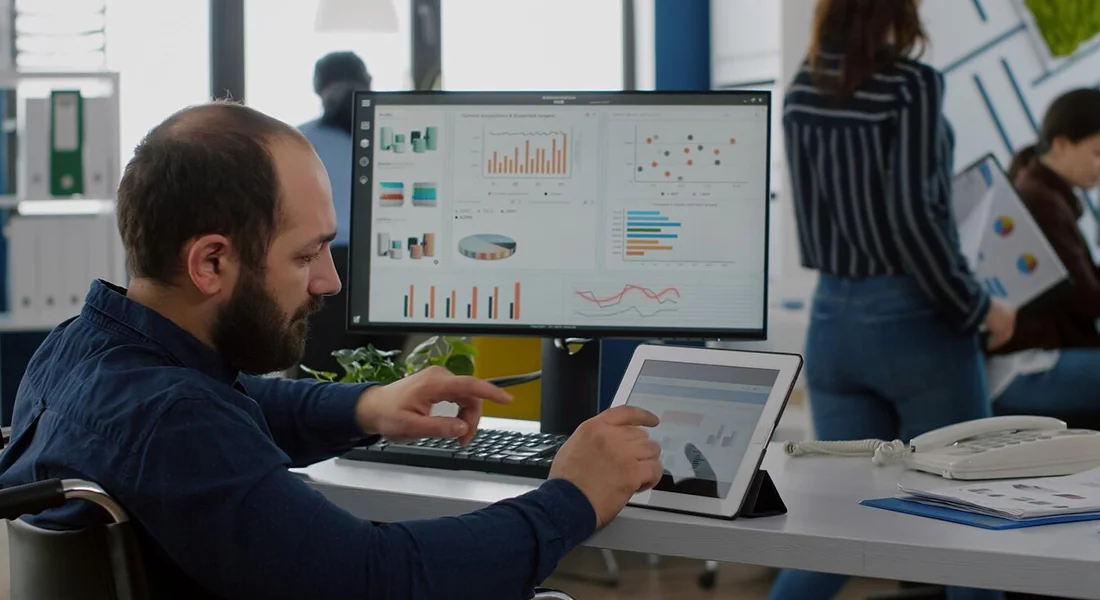

E-invoicing has become an essential instrument for improving operational efficiency and simplifying financial procedures in today’s quickly transforming company environment. With advantages, e-invoicing systems present number of technical and efficiency issues for firms. Optimise efficiency of their e-invoicing procedures, organisations need to overcome number of challenges, managing extensive regulatory requirements to ensuring data security and reliability. This aims to provide businesses with views and methods to solve issues associated with e-invoicing systems. Optimise invoicing procedures and increase productivity, conformity, and overall business success.
Due in large part to government objectives and targets for digital transformation, e-invoicing has expanded and gained popularity extensively in Saudi Arabia in past few years. Since General Authority for Zakat and Tax (GAZT) introduced E-Invoicing in Saudi Arabia Regulation, companies all over kingdom have been moving towards e-invoicing in order to maximise financial operations and ensure conformity to tax laws. Improving efficiency and honesty, move to e-invoicing also makes immediate communication easier and lessens the amount of paperwork that comes with using traditional paper-based invoicing techniques. Businesses in Saudi Arabia stand to gain new opportunities for cost reductions, better cash flow management, and improved competitiveness in international marketplace if they utilise e-invoicing solutions.
1. Compliance and Legal Requirements:
• Study and understand the particular e-invoicing laws that apply to your business and area.
• To guarantee compliance with legal requirements, make an investment in proper management software or services.
• Update your e-invoicing procedures often to keep up with changing legal requirements.
2. Interoperability:
• To improve connectivity, select e-invoicing solutions that follow to common standards like PEPPOL (Pan-European Public Procurement Online).
• Install integration platforms or gateways to allow smooth data transfer across various systems.
• Work together to create uniform e-invoicing procedures with commercial partners.
3. Data Accuracy and Integrity:
• Use automatic data validation tests to reduce processing errors when processing invoices.
• Utilise OCR (Optical Character Recognition) technology to reliably recover data from invoices printed on paper.
• Maintaining quality throughout the invoicing lifecycle requires periodic verification and confirmation of invoice data.
4. Security and Fraud Prevention:
• To prevent unwanted access, protect essential invoice data both in transit and storage.
• To prevent failures in internal security, use role-based access controls and authentication with multiple factors.
• To find weaknesses and reduce possible dangers, do frequent inspections and inspections of security.
5. Supplier Onboarding and Adoption:
• Provide suppliers with resources and training to help them make the switch to electronic invoicing.
• Offer early payment discounts or quicker invoice processing as rewards to suppliers that switch to electronic invoicing.
• Work together with trade associations or industry associations to encourage suppliers to start using electronic invoicing.
6. Integration with Payment Systems:
• To speed up the invoice-to-payment process, integrate your electronic invoicing system with electronic payment gateways.
• To guarantee accuracy and efficiency, put automated payment reconciliation procedures in place.
• Use Application Programming Interfaces (APIs) to customise payment system integrations to your company’s requirements.
7. Invoice Disputes and Resolution:
• Provide specific methods of communication and standard processes for quickly solving invoice concerns.
• To speed up the issue resolution process, put in place a centralised system for tracking and resolving differences.
• Give suppliers and buyers real-time access to information about the status of their invoices and the status of their claims.
8. Audit Trails and Compliance Reporting:
• To help in regulatory reporting and internal auditing, keep thorough audit records of all actions connected to invoicing.
• Use auditing log monitoring technologies to find and look into any questionable activity or conformity with regulations.
• Create customised compliance reports to satisfy internal inspection demands and regulatory standards.
9. Scalability and Flexibility:
• Select flexible electronic invoicing programmes that can adapt to your company’s changing needs and increasing number of transactions.
• To guarantee extensibility without sacrificing speed or reliability, assess and optimise system performance on a regular basis.
• Make use of cloud-based e-invoicing systems, which have advantages over on-premises solutions in terms of flexibility and capacity expansion.
10. Cost Management:
• To determine the total cost of ownership (TCO) of various e-invoicing technologies, perform an analysis of costs and benefits.
• To reduce the initial expense, choose more affordable pricing options like pay-per-use or a subscription service programme.
• Use methods that reduce expenses to lower operational costs related to invoicing, such as process automation and electronic document management.
Conclusion:
Today’s digital economy, addressing challenges posed by e-invoicing systems is essential for optimising business processes and ensuring continuity. Organisations may overcome challenges and reap full benefits of e-invoicing by implementing measures to meet legal requirements, data accuracy and security, and strengthening relationships with suppliers and partners. In this context, firms can reduce complexity of document handling, lower ICT expenses, and gain market share through technical innovation and use of blockchain and AI powered software solutions. When organisations properly optimise their e-invoicing operations, they see clear gains in terms of efficiency, open communication, and profitability. This will allow them to expand and remain flexible in atmosphere of constant change.
Comments are closed